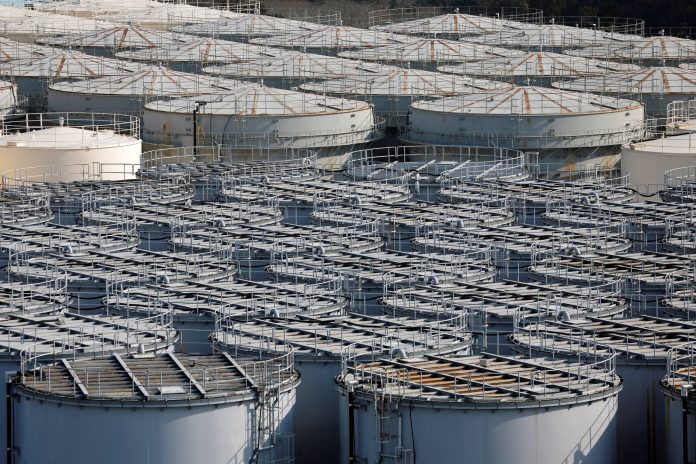The country releases a second batch of treated wastewater from the Fukushima nuclear plant on Thursday, a further step in a years-long process that has drawn sharp condemnation from China.
The discharge of a small portion of the 1.34 million tonnes of wastewater, accumulated after the 2011 tsunami, started at 10:18am (01:18 GMT), a spokesman for operator TEPCO informed.
While Japan insists the purified water poses no health risks, as confirmed by the UN nuclear watchdog, China has criticised Tokyo’s actions and responded by banning all imports of Japanese seafood.
About 7,800 tonnes of water is expected to be released over 17 days.
TEPCO stated that the wastewater had been filtered of all radioactive elements except tritium, the level of which did not exceed the internationally established standard. Government spokesman Hirokazu Matsuno reported Wednesday that no abnormalities had been detected.
It has been confirmed that the first release has been conducted as planned and in a safe manner.
Matsuno claimed that the government would continue to report the monitoring results “in a highly transparent manner.”
Japan calls on China to lift the ban on imports of Japanese food products and act on the basis of scientific justification. In addition, Russia is considering following Beijing’s lead in banning seafood imports.
Japan’s food exports to China dropped by 41.2 per cent in August to 14 billion yen ($94 million), according to the finance ministry.
China has accused Japan of using the ocean as a “sewer.” At the UN last week, Solomon Islands Prime Minister Manasseh Sogavare echoed Beijing’s claims.
The wastewater discharge aims to make room for the removal of highly hazardous radioactive fuel and debris from the nuclear plant’s destroyed reactors.
A Japanese official reported on Wednesday that TEPCO would strictly monitor the second phase to prevent an “unintentional discharge” of treated water into the sea.
